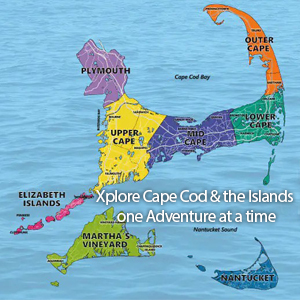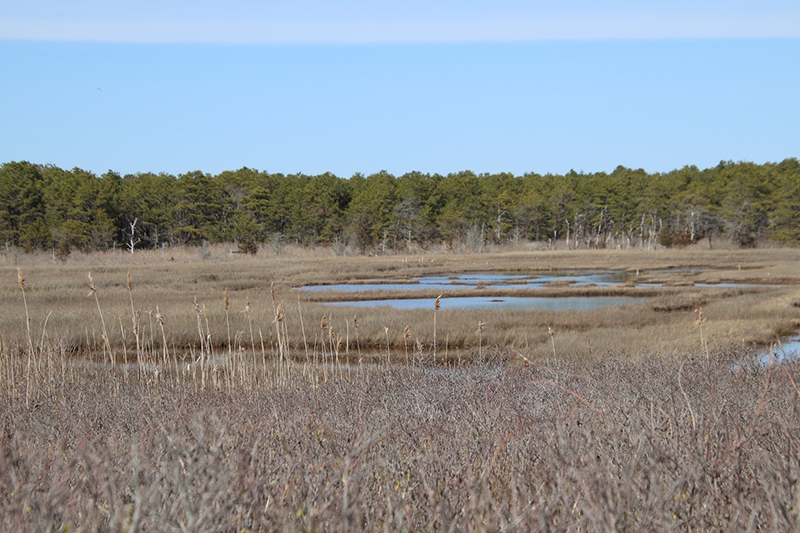
While the sandy beaches of Cape Cod often get all the attention, a natural beauty lurks in the background that often gets overlooked. Cape Cod’s salt marshes provide miles of natural beauty while offering a safe habitat for several wildlife species and protecting the shores from erosion.
In this article, we look at the natural benefits of the Cape Cod salt marshes, how the development of the Cape is impacting them, and where to go if you want to see one.
What is a Salt Marsh?
Salt marshes are a unique type of ecosystem located in intertidal zones close to the shore. The marshes are created by the growth of specific plants that thrive in a salt marsh’s unique mixture of salt water.
Salt marshes can be separated into three distinct areas:
- Low marsh – the area completely covered by water except during low tide.
- High marsh – the area that will only be exposed to salt water during high tide.
- Mid marsh – the area between low and high marsh that is not wholly submerged at low tide but still receives periodic water from the eb and flow of the waves.
As a result of the varying exposures to the tides, the water in different areas of a salt marsh can vary from extremely saturated water to fresh water.
Why are Salt Marshes Important?
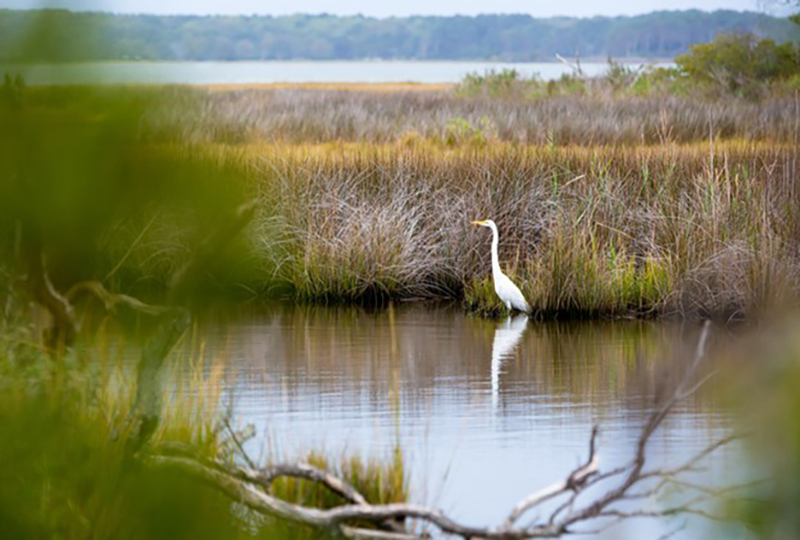
You may be wondering why you should care about salt marshes. Aside from being a unique ecosystem, they offer several significant benefits.
Some of the reasons that salt marshes are essential include:
- Providing a home and nursing ground for several vital fish species, including white shrimp, blue crab, redfish, and flounder.
- Filtering out runoff and excess nutrients to help maintain water quality in bays, sounds, and estuaries. As a by-product, this keeps harmful pollutants away from vital water sources for wildlife.
- Absorbing excess flood waters and wave energy to prevent damage to coastal property and mitigate the effects of erosion during storms.
- Sequestering and storing carbon to help reduce the impact of climate change.
As you can see, salt marshes play a key role in protecting coastal communities and are well worth the time and resources spent to protect them.
What is the State of Cape Cod’s Salt Marshes?
Cape Cod is home to over 20,000 salt marshes. However, overdevelopment and pollution have severely impacted the salt marshes on the Cape.
The Association to Preserve Cape Cod estimates that approximately 36% of Cape Cod’s salt marshes have been damaged or degraded as a direct result of human impact. This degradation puts residents’ own homes and the homes of Cape Cod wildlife at risk.
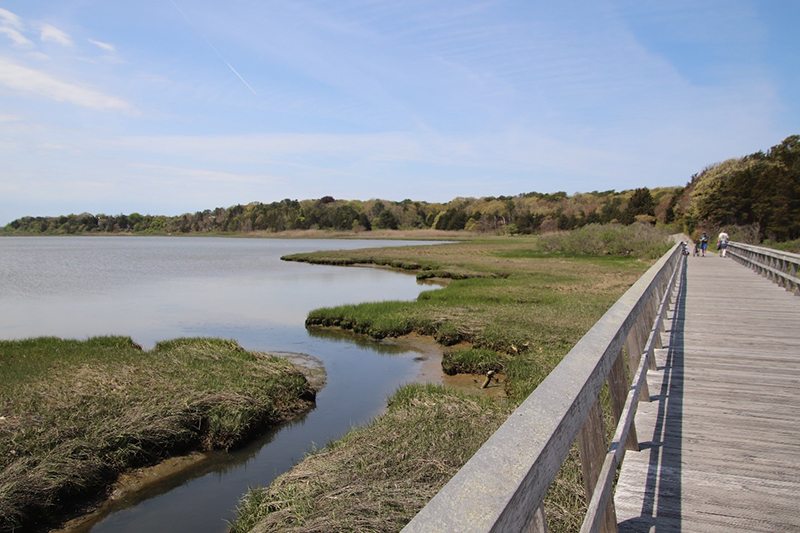
What is the human population doing to negatively impact the salt marshes? Some contributing factors include:
- Runoff from wastewater and use of fertilizer
- Filling or draining of salt marshes for agricultural practices
- Tidal barriers like dikes, tide gates, and narrow culvers prevent the natural flow of water.
Salt marshes have a multitude of plants that rely on a very delicate balance of salt-to-water ratio to thrive. Therefore, any change to this balance through the introduction of a chemical or inhibition of the tidal flow can completely decimate the marsh.
Cape Cod Salt Marshes
With several thousand miles of salt marshes, there are a ton of places on Cape Cod to visit a salt marsh. However, three of the more popular marshes include:
- Barnstable Great Marsh – the Great Marsh Wildlife Sanctuary in Barnstable features a 3,800-acre salt marsh that is teaming with wildlife. The sanctuary also has two open ponds and a shaded wooded area.
- Nauset Marsh – The Nauset Marsh located in Orleans is another popular salt marsh destination. The marsh is fed by a kettle pond and can be visited via the Nauset Marsh Trail.
- Great Sippewissett Marsh – Located in the town of Falmouth, Great Sippewissett Marsh is an important salt marsh located on Buzzard’s Bay. The marsh can be accessed via the Shining Sea Bikeway.
If you plan to visit a salt marsh on Cape Cod, make sure to stay on the marked trails. Venturing off the trails can damage the salt marshes.
Safely Enjoying Cape Cod Salt Marshes
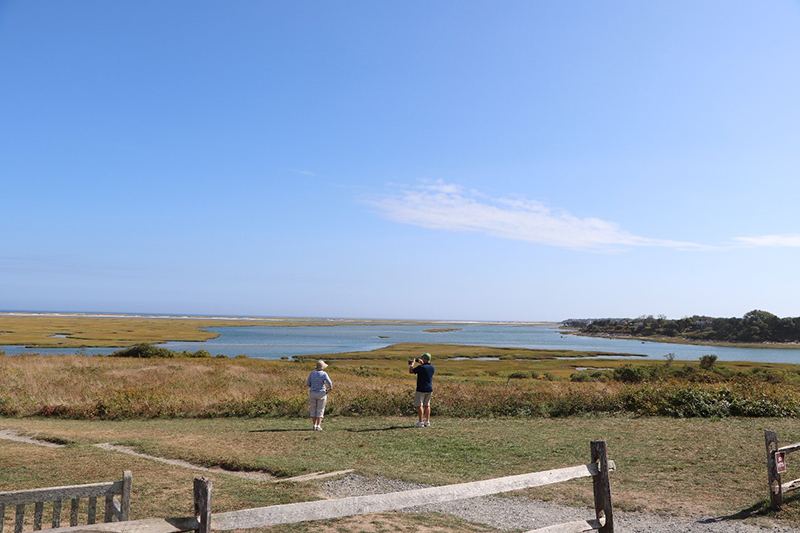
While it is important to protect and preserve the Cape Cod salt marshes, you are able to enjoy them safely if you’d like to visit them. Some popular safe activities to do at a salt marsh include:
- Fishing – salt marshes play host to a wide variety of fish species. As long as you don’t harm the plants, you can fish in salt marshes when it’s allowed.
- Catch oysters – many types of oysters call the Cape Cod salt marshes home. As long as you use sustainable practices, you can practice recreational oystering at a salt marsh.
- Watch wildlife – If fishing isn’t your thing, you can always take in the wildlife that calls the salt marsh home. Some species you can expect to see at a Cape Cod salt marsh include osprey, American eel, blue heron, river herring, diamondback terrapin, and fiddler crab. The marshes are a great place for bird watching on Cape Cod.
- Kayak, canoe, or paddle board – salt marshes are often connected to endless passages of shallow waterways. Exploring a salt marsh on the water is one of the best ways to experience its beauty.
Protecting Cape Cod Salt Marshes for Future Generations
Whether you are visiting Cape Cod for vacation or are a local resident, there are ways that you can help protect and preserve the natural beauty and important ecological function of salt marshes on Cape Cod. A few of the ways you can help include:
- Keeping to the paths – If you are on a walking trail in a salt marsh, make sure you stay on the path. Venturing off the path can damage plants and potentially kill wildlife.
- Avoid using fertilizer – fertilizer has harmful nitrates that can run off your lawn and into salt marshes. Try alternative ways to help your grass grow.
- Support use of funds for restoration projects – Cape Cod local governments use funds to help restore the natural tidal flow, improve wastewater management, and preserve lowlands near salt marshes. By continuing to support the use of funds to protect salt marshes, you are helping keep programs that protect the marshes running.
Most importantly, spend time learning about how salt marshes work and how to preserve them. Next time you are exploring Cape Cod, take a minute to appreciate the beauty and importance of the local salt marshes.








